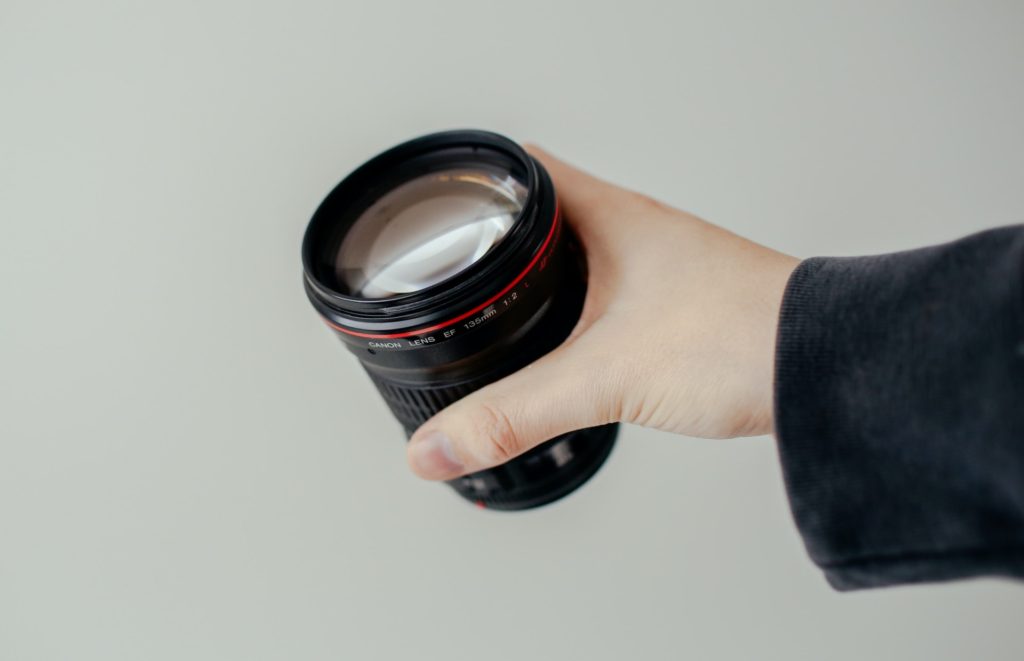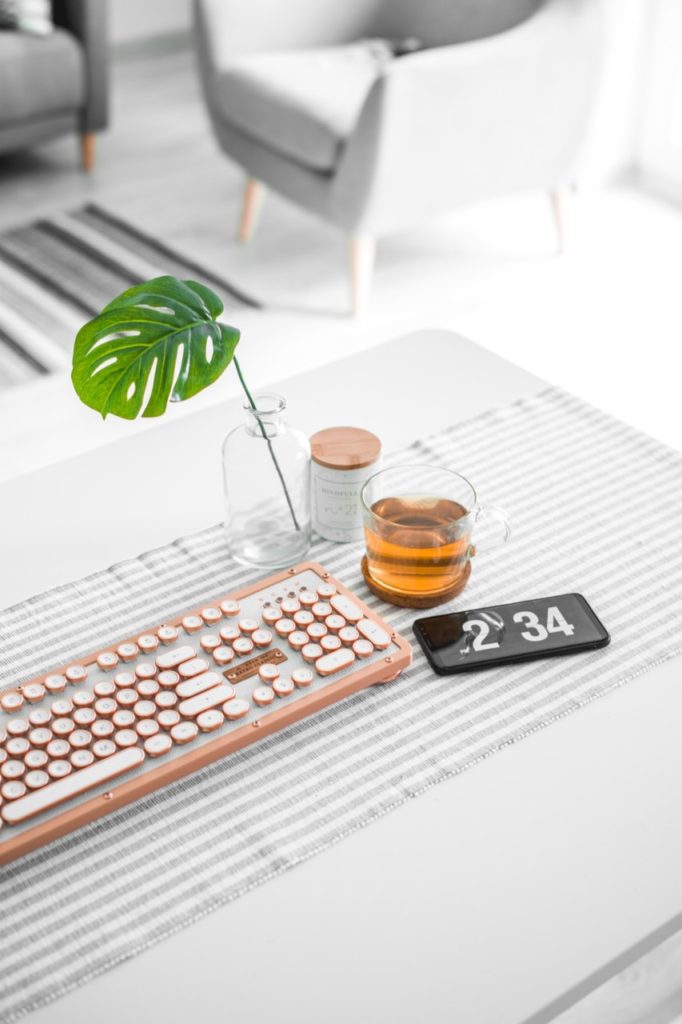noun: quality; plural noun: qualities
1.
the standard of something as measured against other things of a similar kind; the degree of excellence of something.
“an improvement in product quality”
2.
a distinctive attribute or characteristic possessed by someone or something.
“he shows strong leadership qualities”
Weird article to be writing in these times. COVID-19 has the world quarantined, everything is shut down, and we are writing about how to shop smarter. We think it’s important. The objects, services and PEOPLE we choose to support with our money, matters A LOT. We are learning more and more each day, that businesses run America. The people we give our money to, sculpt our destiny.
Enough philosophy, what makes a good product GREAT? Here’s our list of what we think matters most, but first a caveat: this is free thinking here, we are expressing concepts from our experience. We know there are established schools of thought around this, we are not perpetuating them in detail. We are writing this article as a form of exploration into our own purchasing habits, exploring motives in real time and sharing them with you, transparency free. Many things will be omitted, many concepts may be mislead. Add a healthy dose of salt <3

The origins of how a product is made can have monumental impacts on your experience(more on that later). If the algae shampoo you bought was made with radioactive chemicals or with inconsistent proportions from bottle to bottle, you might not enjoy the experience. The way products are made can have large and lasting impacts on not only your experience, but the experience of those creating the product. We tend to place greater value on services, objects & digital purchases made by people who are passionate about it.
A handmade leather wallet made by your daughter or best friend is going land higher on your value scale. The value of knowing the process adds to the experience, you smile and/or gain pleasure from knowing the origins of your purchase are deliberate, carefully made, and done by someone in a positive light. You hold it with care, you repair it as needed, it’s percieved value grows with time. This emotional component adds to the “degree of excellence” we attribute to something as living breathing organic human beings. This is an intangible though powerful factor we always try to consider when making a purchase.

Why do people pay thousands for cameras and lenses, overextend on mortgages for houses, spend endlessly on automobile modifications? We believe these purchases are driven by experience in some form or another.
Here are some elements of experience:

Here emerges longevity, the side effect of process and experience.
What makes a product last longer? You guessed it! The materials used, the process of using them, and the experience produced by that process. It’s the classic question of Form vs Function – a question we admittedly have not researched enough. Typically form should follow function. A beautiful Swiss cheese umbrella keeps nothing dry. Design & form must follow function or risk uselessness. So what makes something last longer? how can you identify it in the products we buy? Well first we start in researching and identifying the week points of a particular product category. If we were buying a tea/coffee mug for example:
We would want to consider the product’s achilles heels:
Is it durable? thick glass? Does it microwave? Dishwasher? This is the easy part
2. Does the product, service or media actively anticipate its own demise? What does it do to prevent it? this comes back to process, it revisits experience. What measures are taken to improve the resilience amidst consistence experience.

Keep in mind that sometimes, it pays to pony up. There are hidden costs that you inevitably pay when you choose cheap and fast:
We’re a search engine for ONLY the Most-Ordered Amazon Products. Ranked by TOTAL purchases instead of paid reviews & ads.

Just “Add to Homescreen” and enjoy! :)
